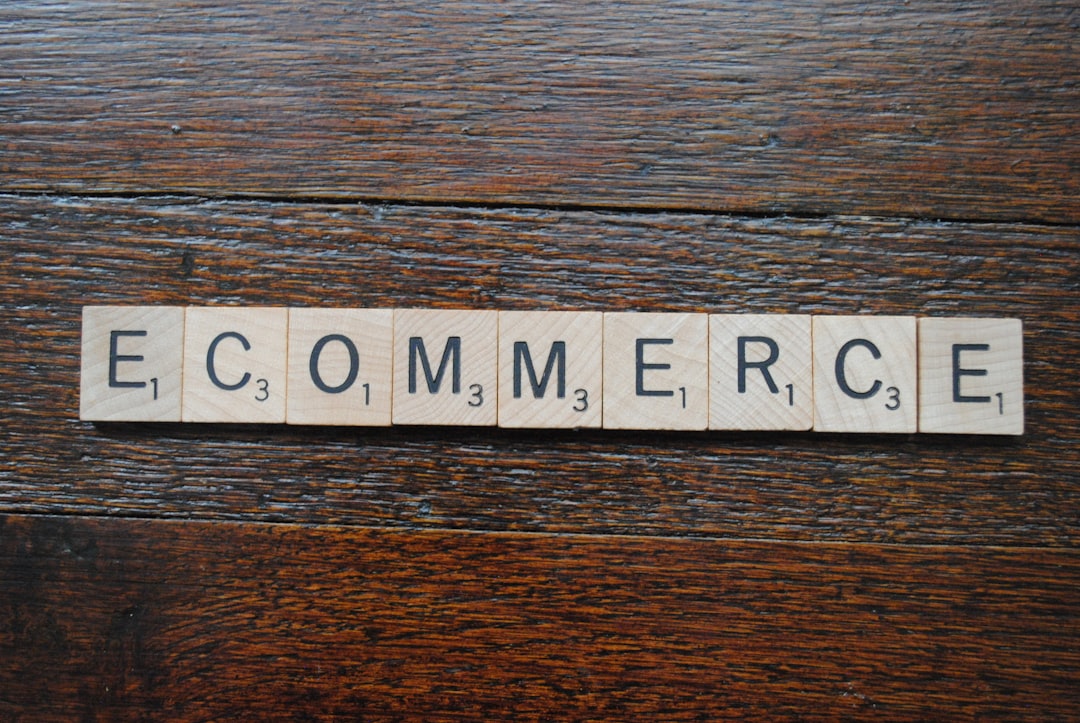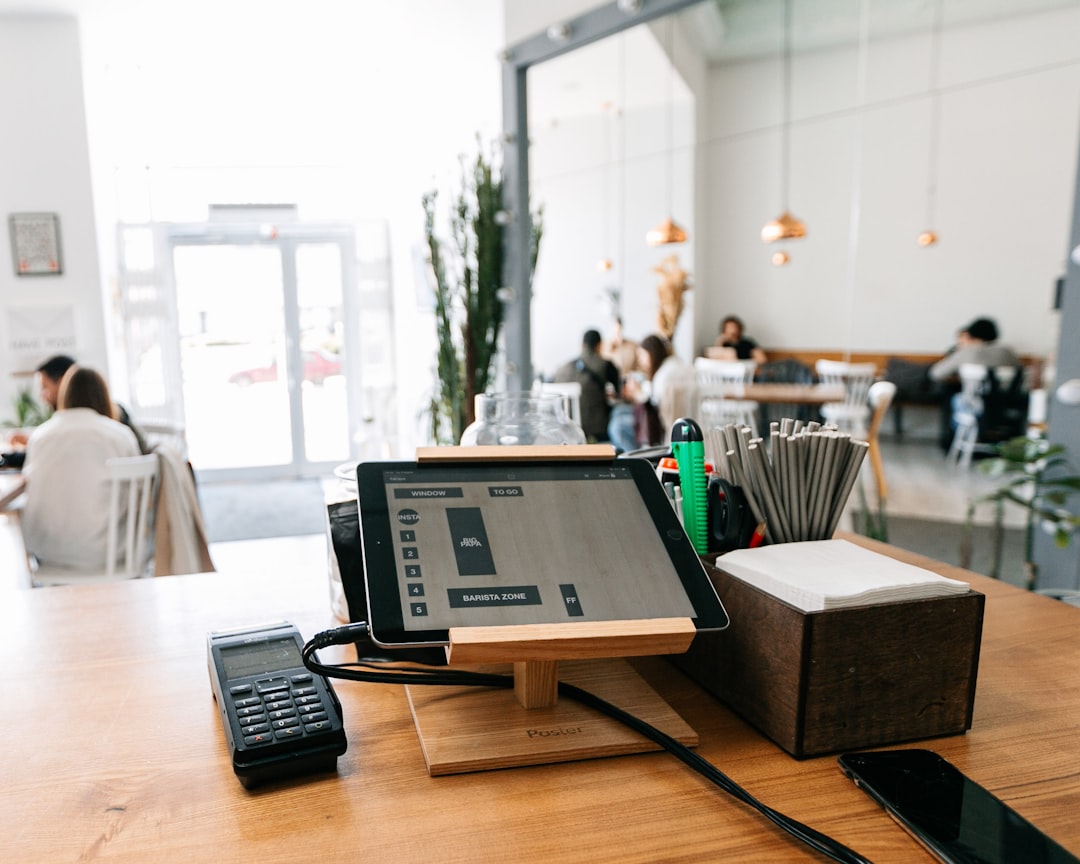The Future of Online Marketplaces: Key Trends Driving Ecommerce in 2025
Online marketplaces have transformed from simple transaction sites to dynamic ecosystems blending commerce, social interaction, and personalized experiences. As we look to 2025, these platforms remain the dominant entry point for shoppers worldwide, fueled by social commerce, AI innovations, and seamless omnichannel strategies.
Key Takeaways
- Marketplaces are now the primary starting point for online product discovery and shopping.
- Social commerce and user-generated content (UGC) significantly boost trust and impulse buying.
- Omnichannel integration across apps and marketplaces delivers seamless shopping and fulfillment.
- AI-powered tools enhance personalization, search, and automated customer support.
- Marketplaces increasingly support micro-entrepreneurship and gig economy models.
- Fast delivery and hassle-free returns are critical drivers of customer loyalty.
- Sustainability and authenticity influence purchasing decisions more than ever.
Table of Contents
- 1. Marketplace Dominance and Changing Consumer Behavior
- 2. Social Commerce: The Marketplace Shopping Revolution
- 3. User-Generated Content (UGC): Authenticity Driving Sales
- 4. Omnichannel Integration: Seamless Shopping Across Platforms
- 5. Elevating User Experience (UX) and Personalization
- 6. AI Platforms Redefining Marketplaces
- 7. The Marketplace Evolution: From Barter to Gig Economy
- 8. Delivery and Returns: Drivers of Customer Loyalty
- 9. Challenges and Opportunities for North American Brands
- 10. Sustainability and Authenticity: New Purchase Motivators
- Conclusion: Preparing for the Marketplace Future
1. Marketplace Dominance and Changing Consumer Behavior
Online marketplaces have revolutionized the shopper’s journey—not just offering places to buy, but transforming how consumers discover and engage with products. In 2024, 83% of shoppers used marketplaces, with 62% beginning their product searches there instead of traditional search engines or brand websites. Marketplaces now account for 47% of global product discovery, eclipsing the 24% driven by traditional search engines.
In the U.S., marketplaces are also sources of entertainment and impulse shopping, with 59% browsing for fun and 56% making spontaneous purchases. This shift turns marketplaces into digital destinations—blending leisure and commerce seamlessly.
For businesses, the message is clear: presence and optimization on marketplaces are essential alongside direct-to-consumer efforts. Leveraging mobile access, AI-powered recommendations, and social features allows brands to meet customers where they spend the bulk of their shopping time.
2. Social Commerce: The Marketplace Shopping Revolution
Social commerce merges social media’s engagement power with ecommerce convenience, making shopping an embedded daily habit. Platforms like TikTok, Instagram, and Facebook Marketplace now enable shoppable posts, live streams, and in-app purchases that drive a smooth path from discovery to checkout.
Social commerce is projected to grow nearly 32% globally through 2033, becoming a major revenue stream for marketplaces. It thrives because consumers trust influencers and peers more than traditional ads, enabling spontaneous purchases aligned with casual browsing behaviors.
Brands looking to capitalize should focus on:
- Encouraging user-generated content (UGC) for authenticity and social proof
- Partnering with creators and influencers to expand reach
- Using social platforms as discovery funnels and drivers of marketplace traffic
3. User-Generated Content (UGC): Authenticity Driving Sales
In an era where polished ads lose impact, authentic content from real customers is king. User-generated content such as reviews, photos, and videos builds trust and relatable context right at the point of purchase.
Key data points highlight UGC’s power:
- 45% of shoppers place greater trust in products promoted by creators they follow
- Social proof increases interest and motivates many unplanned purchases
- Well-managed UGC boosts product discovery and credibility simultaneously
To harness UGC effectively:
- Request and showcase genuine customer content within listings
- Provide incentives and clear guidelines for creators
- Analyze content performance to optimize impact on engagement and sales
4. Omnichannel Integration: Seamless Shopping Across Platforms
Modern shoppers rarely stay within one app or website—they move fluidly between social feeds, marketplaces, brand websites, and apps. This requires a tightly integrated omnichannel strategy to deliver consistent product information, inventory accuracy, pricing, and fulfillment options across all platforms.
Practically, omnichannel means:
- Centralized product content for consistent messaging
- Connected inventory and fulfillment systems for speedy delivery and error reduction
- Utilization of “headless commerce” architectures separating front-end UX from back-end logistics
Consumers expect smooth transitions—from discovering a product on Instagram to purchasing it on Amazon or directly from the brand. Omnichannel reduces friction, builds trust, and drives higher conversion and retention rates.
Tools like ShipStation enable merchants to centralize operations and simplify returns, meeting the demand for fast, reliable experiences.
5. Elevating User Experience (UX) and Personalization
In crowded marketplaces, the quality of the user experience (UX) can make or break a sale. Shoppers expect fast, mobile-friendly sites with compelling, keyword-optimized product titles, rich descriptions, and high-quality lifestyle media.
Beyond design, personalization powered by AI is an increasing differentiator. Features include:
- AI-driven product recommendations tailored in real-time
- Virtual try-ons and adaptive content optimizing shopper journeys
- Continuous UX refinements based on user behavior data
Brands investing in comprehensive product data management and AI personalization tools build superior relevance and repeat customer loyalty.
6. AI Platforms Redefining Marketplaces
Artificial Intelligence is rewriting ecommerce—from discovery to post-purchase. Popular AI-driven capabilities include:
- Embedded purchasing within AI-assisted search results
- Personalized recommendations based on shopper behavior and history
- AI-generated product descriptions and chatbots handling customer queries
- Dynamic pricing and real-time inventory adjustments
With 70% of shoppers seeking AI-enhanced tools like virtual try-ons and predictive suggestions, these technologies have moved from luxury to expectation.
Leveraging AI enables brands to deliver differentiated, efficient shopping experiences while optimizing operational costs.
7. The Marketplace Evolution: From Barter to Gig Economy
Marketplaces have evolved from ancient barter exchanges into complex, digitized systems supporting goods, services, and micro-entrepreneurship. Mobile-first apps now empower freelancers, creators, and small businesses globally.
By 2023, 40% of Americans freelanced—totaling over 64 million gig workers using marketplace platforms to generate income. This fuels diverse economic models including affiliates, dropshipping, and service marketplaces.
As marketplace offerings diversify, infrastructure for compliance, payments, and trust must keep pace to support growth.
8. Delivery and Returns: Drivers of Customer Loyalty
Speedy delivery and hassle-free returns are critical decision points for shoppers. Data indicates:
- 81% of shoppers abandon carts if delivery or return options disappoint
- 62% of consumers under 35 switch brands based on fulfillment policies
To stay competitive, businesses must:
- Offer same-day or next-day delivery options
- Simplify returns with easy, printless systems
- Communicate shipping timelines and costs transparently
Investing in logistics automation and partner networks leads to loyalty and increased repeat purchases.
9. Challenges and Opportunities for North American Brands
While marketplaces grow rapidly, only 46% of North American brands sell on these platforms, trailing Europe’s 77%. This gap impacts visibility, sales volume, and scalability.
Key considerations to close this gap include:
- Integrating listings, inventory, and fulfillment systems across marketplaces
- Maintaining consistent pricing, branding, and compliance
- Navigating tax and regulatory complexities efficiently
Advanced ecommerce platforms centralizing these elements are vital for brands to unlock larger, engaged audiences and sustainable growth.
10. Sustainability and Authenticity: New Purchase Motivators
Sustainability has become a core factor shaping buying decisions. One-third of shoppers have abandoned purchases over environmental concerns, and many willingly pay premiums for ethical and repairable products.
Marketplaces respond by:
- Highlighting sustainable brands and circular economy initiatives
- Featuring resale programs and environmental certifications on listings
- Encouraging transparent communication about sourcing and impact
Authenticity and transparency not only build trust but offer brands a competitive edge in a values-driven marketplace.
Conclusion: Preparing for the Marketplace Future
Online marketplaces are no longer single channels—they are interconnected ecosystems shaping the entire ecommerce journey. Success in 2025 demands a holistic approach that embraces multi-channel presence, AI and logistics technology, authentic content, and rising consumer expectations around convenience and values.
By prioritizing social commerce, personalization, seamless fulfillment, and sustainability, brands and sellers can thrive amid this rapidly evolving landscape.
Marketplaces are the future of ecommerce, connecting discovery, entertainment, purchase, and loyalty in a vibrant, ever-changing digital marketplace.
FAQ
What percentage of consumers start product searches on online marketplaces?
In 2024, 62% of consumers began their product searches directly on online marketplaces, bypassing traditional search engines and brand websites.
How does social commerce impact marketplace sales?
Social commerce boosts spontaneous purchases by integrating product discovery into social media feeds, leveraging influencer trust, and enabling seamless in-app checkouts.
Why is user-generated content important for marketplaces?
UGC offers authenticity and social proof that highly influences shopper trust and conversions by showcasing real customer experiences and reviews.
What role does AI play in ecommerce marketplaces?
AI enhances product discovery, personalization, automated support, and dynamic pricing, making shopping more efficient, relevant, and engaging.
How crucial are delivery and return policies for customer loyalty?
Very crucial—81% of shoppers abandon carts if delivery or return options don’t meet expectations, and many consumers switch brands based on fulfillment convenience.







